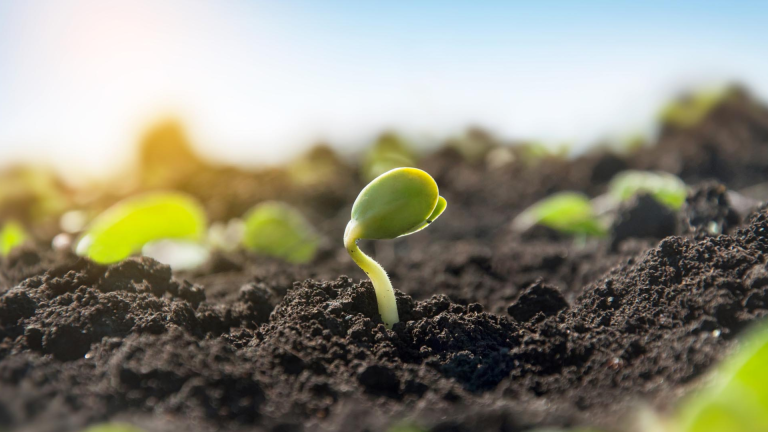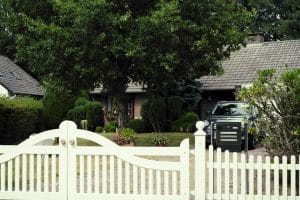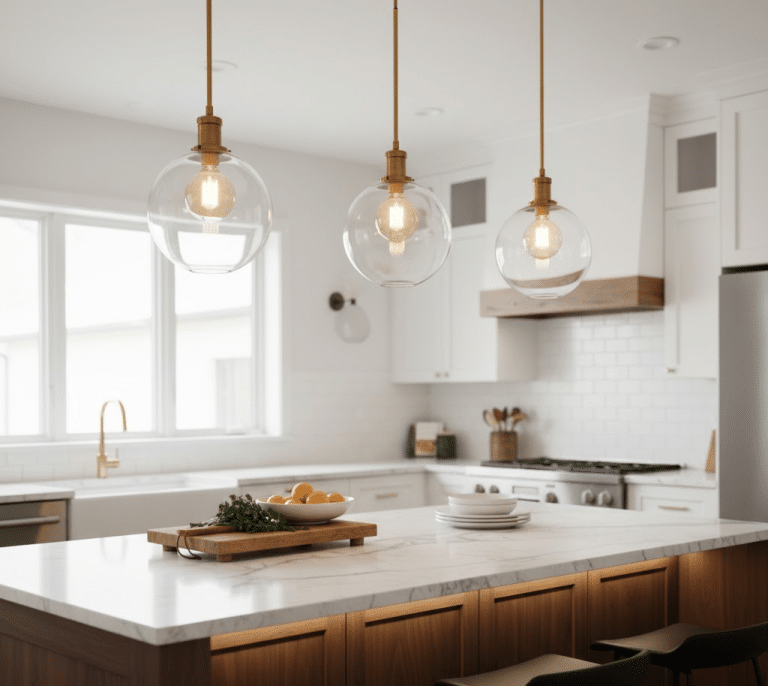Good soil makes all the difference in a garden. I didn’t always know that. At first, I just planted things and hoped for the best. Sometimes they grew, but sometimes they didn’t. That’s when I started learning about soil.
If the soil isn’t healthy, plants can’t grow strong. They may look weak, stop growing, or die too soon. The good news is that you can fix bad soil. And it doesn’t have to be hard or take a long time.
In this blog, I’ll show you simple ways to improve your soil fast. These steps work for small gardens, flower beds, or even potted plants. You don’t need fancy tools or special skills. Just a little time and care.
Let’s look at how you can turn poor soil into rich, healthy ground that your plants will love.
Why Good Soil Matters?
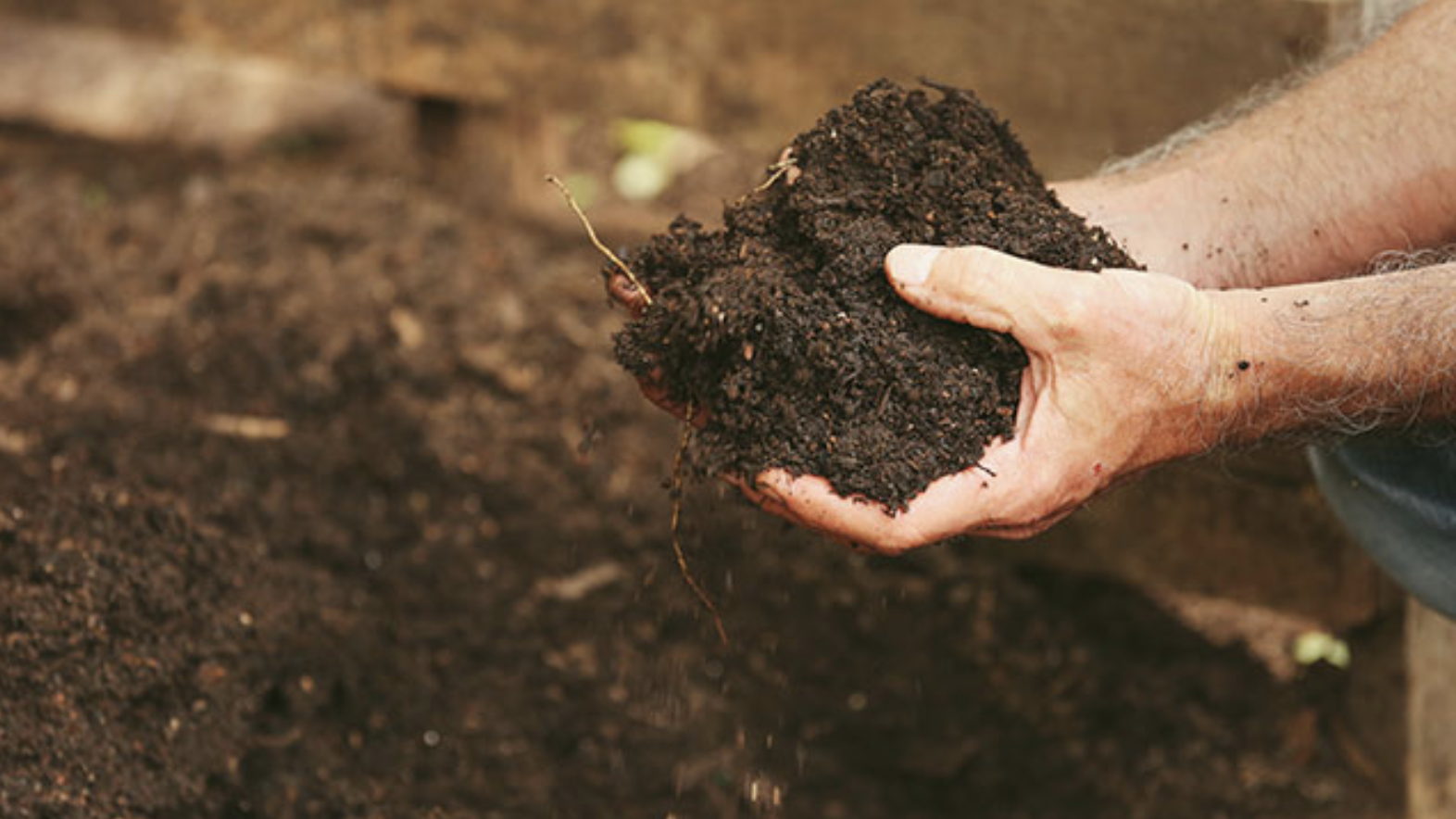
Soil is the base of every healthy plant. Without good soil, it’s hard to grow anything strong or healthy. I learned this the hard way. I watered, I waited, and still, my plants struggled. The problem wasn’t the seeds or the sun—it was the soil.
Good soil gives plants what they need: food, air, water, and a safe place for roots. If the soil is too hard, too dry, or full of the wrong stuff, plants just won’t grow right. That’s why improving soil quality is one of the most important things you can do, and it’s easier than you think.
What Makes Soil “Bad” or Poor Quality?
Not all dirt is good soil. Some soil can be dry and dusty. Some might be packed down and heavy like clay. Some may be too sandy and loose. Poor soil can also be missing nutrients that plants need to grow.
-
Water sits on top and doesn’t soak in
-
Plants grow slow or look yellow
-
Roots are small or don’t spread out
-
Soil feels too hard, too soft, or gritty
-
Weeds take over too fast
If your soil shows these signs, don’t worry. You can fix it with a few simple steps.
Simple Ways to Improve Soil Quality Fast
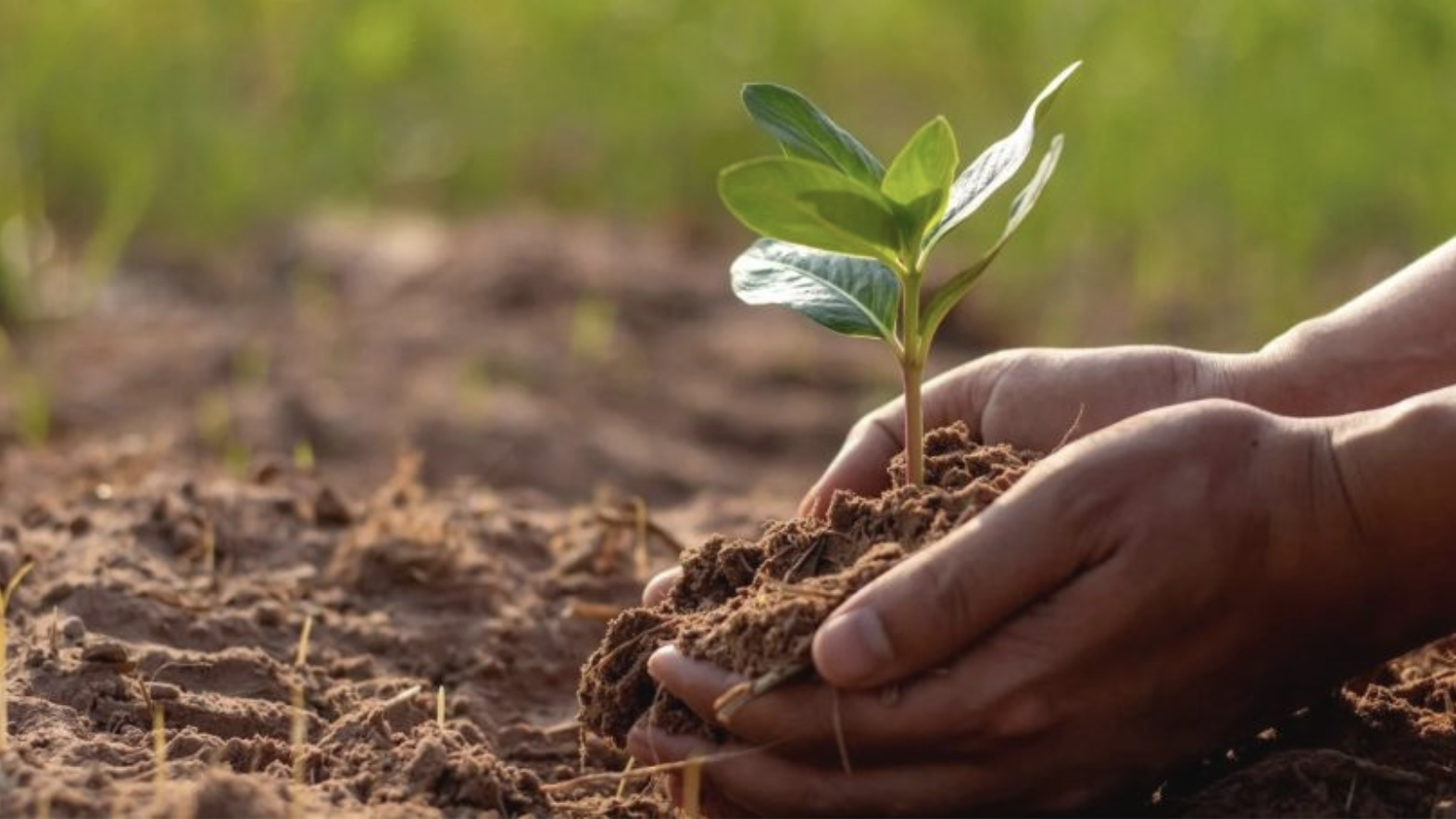
These easy tips can help turn poor soil into healthy, rich ground. You don’t need fancy tools—just a little time and care.
1. Check Your Soil First
Before fixing the soil, it helps to know what kind of soil you have. There are three main types:
-
Clay soil feels heavy and sticky. It holds water too long.
-
Sandy soil feels gritty and loose. Water runs through too fast.
-
Loamy soil is the best kind. It feels soft and crumbly. It holds water but also drains well.
To test your soil, pick up a small handful. Squeeze it in your hand. If it holds together like a lump of dough, you may have clay. If it falls apart like dry sugar, it’s likely sandy. If it stays in a soft clump but breaks apart easily, you probably have loam.
You can also buy a simple soil test kit at the store. These tests for things like pH (how acidic the soil is) and how much nitrogen, phosphorus, and potassium it has. These are the main nutrients plants need.
2. Add Organic Matter for Fast Improvement
One of the fastest and best ways to improve soil is to add organic matter. This means things that come from plants or animals. Organic matter helps feed your soil and makes it rich and full of life.
Some great types of organic matter are:
-
Compost
-
Grass clippings
-
Shredded leaves
-
Vegetable scraps
-
Aged manure (not fresh)
Spread a few inches of compost or other organic matter over your soil. Then mix it in with a shovel or garden fork. This helps loosen the soil, improves drainage, and gives your plants more food. I do this every spring, and it makes a big difference.
3. Use Compost Often
Compost is like gold for your garden. It’s made from food scraps, leaves, grass, and other plant materials that have broken down over time. You can buy compost or make your own at home.
To use compost, spread 2 to 4 inches over your garden beds. You can mix it into the soil or just leave it on top as mulch. The compost will break down and feed your soil slowly over time.
Compost adds nutrients, helps the soil hold water, and keeps it from getting too hard. It also brings in helpful worms and tiny bugs that improve soil health.
4. Add Mulch to Keep Soil Healthy
Mulch is a layer of material spread on top of the soil. It helps keep the soil moist, stops weeds, and keeps the ground from getting too hot or too cold.
You can use:
-
Shredded bark
-
Wood chips
-
Straw
-
Grass clippings
-
Leaves
As the mulch breaks down, it adds more organic matter to your soil. This makes your soil better and richer. Mulch also protects soil from heavy rain, which can wash away nutrients. I like to add mulch every season to keep the soil covered and healthy.
5. Try Cover Crops for a Natural Boost
Cover crops are plants that help improve soil. They’re not meant to be harvested or eaten. Instead, they grow for a short time to fix the soil, then get cut down and left to rot into the ground.
Some good cover crops are:
-
Clover
-
Rye grass
-
Buckwheat
-
Alfalfa
Cover crops add nitrogen and break up hard soil with their roots. They also stop weeds from growing. You can plant them at the end of the season or during a break between growing crops.
6. Don’t Over-Till Your Soil
Tilling is when you dig or turn the soil. While it may help mix in compost or break up hard ground, doing it too much can hurt the soil.
Over-tilling can:
-
Break down the soil’s natural structure
-
Kill helpful worms and bugs
-
Make the soil dry out faster
-
Cause more weeds to grow
Instead of digging deep every time, try to loosen just the top few inches when needed. Use a garden fork or hoe gently. Your soil will stay stronger and healthier this way.
7. Add Worms for Better Soil
Worms are a gardener’s best friend. They move through the soil, make little tunnels, and help mix everything up. Their poop, called “worm castings,” is full of nutrients.
If your soil doesn’t have many worms, you can add some. Many garden stores sell red wigglers or earthworms. You can also start a worm bin and make your own worm compost.
Once worms move in, they’ll keep your soil soft, full of air, and full of life. That’s a big win for your plants.
8. Use Natural Fertilizers for Quick Results
If you need fast help for weak soil, natural fertilizers can give your plants a boost. These add nutrients like nitrogen, phosphorus, and potassium.
Some good natural fertilizers include:
-
Fish emulsion
-
Bone meal
-
Blood meal
-
Seaweed extract
-
Aged manure
Always follow the directions on the package. Too much can harm your plants. I like to use these when planting or when plants look weak.
9. Test and Adjust Soil pH If Needed
Soil pH tells you if your soil is too acidic or too alkaline. Most plants like soil that is in the middle, not too sour, not too sweet. That’s a pH between 6 and 7.
You can use a soil test kit to find out your pH. If it’s too low (acidic), you can add lime. If it’s too high (alkaline), you can add sulfur or peat moss. Make small changes and test again after a few weeks.
Getting the pH right helps your plants take in nutrients better and grow stronger roots.
10. Water the Right Way to Help Soil
Watering too much or too little can hurt your soil. Too much water washes away nutrients and makes the soil soggy. Too little water makes the soil dry and hard.
-
Water in the early morning or evening
-
Use a soaker hose or drip line to water slowly
-
Let the top of the soil dry out between waterings
Good soil should hold water but also drain well. If water sits on top or runs off fast, you may need more organic matter.
11. Watch for Signs of Healthy Soil
As you work on your soil, look for signs that it’s getting better. Healthy soil feels soft, moist, and crumbly. It smells fresh. You’ll start to see more worms, bugs, and even mushrooms. These are all signs of life in your soil.
Plants will grow faster, have deeper roots, and look greener and fuller. You’ll also see fewer weeds over time.
It may take a few weeks or a full season to see big changes, but even small steps help.
12. Keep Improving Over Time
Fixing soil isn’t something you do once and forget. Soil changes with the seasons, weather, and what you grow. Keep adding compost, mulch, and natural materials each year.
Even a little work in spring or fall can make a big difference. I make it a habit to check my soil every few months. If it feels too dry or hard, I add something soft. If it looks thin or gray, I mix in more compost.
Over time, the soil becomes rich, dark, and full of life. It feels good to see plants grow strong in the soil I helped improve.
Common Mistakes to Avoid When Fixing Soil
When I first started working on my soil, I made a few mistakes that actually slowed things down. It’s easy to think you’re helping when you might be doing more harm than good.
-
Tilling too often: Turning the soil too much can break down its structure and scare away helpful worms.
-
Using too much fertilizer: Adding too much can burn plant roots or make the soil too salty. Always follow the label.
-
Skipping the soil test: If you don’t test first, you might add the wrong things. Know your soil’s pH and what it needs.
-
Adding the wrong materials: Some things, like fresh manure or treated wood chips, can harm plants or bring in weeds.
-
Not adding enough organic matter: A thin layer of compost won’t make much difference. Add at least 2–4 inches and mix it in.
-
Ignoring drainage problems: If water pools or runs off, your soil may stay too wet or too dry. Fix drainage before planting.
Conclusion
Good soil is the key to growing strong, healthy plants. If your garden isn’t doing well, the soil may be the problem. The good news is that you don’t have to wait years to fix it.
With just a few steps, you can improve your soil fast. Adding compost, mulch, and natural matter helps bring your soil back to life. Testing your soil and using the right fertilizers also makes a big difference.
You don’t need fancy tools or a lot of money, just a little time and care. Start small, and keep learning as you go. Even one change, like adding compost or watering better, can show results. Over time, your soil will become soft, rich, and full of life.
Healthy soil leads to better plants, fewer weeds, and less work in the long run. With these simple tips, you’ll be on your way to growing a garden you can be proud of.


